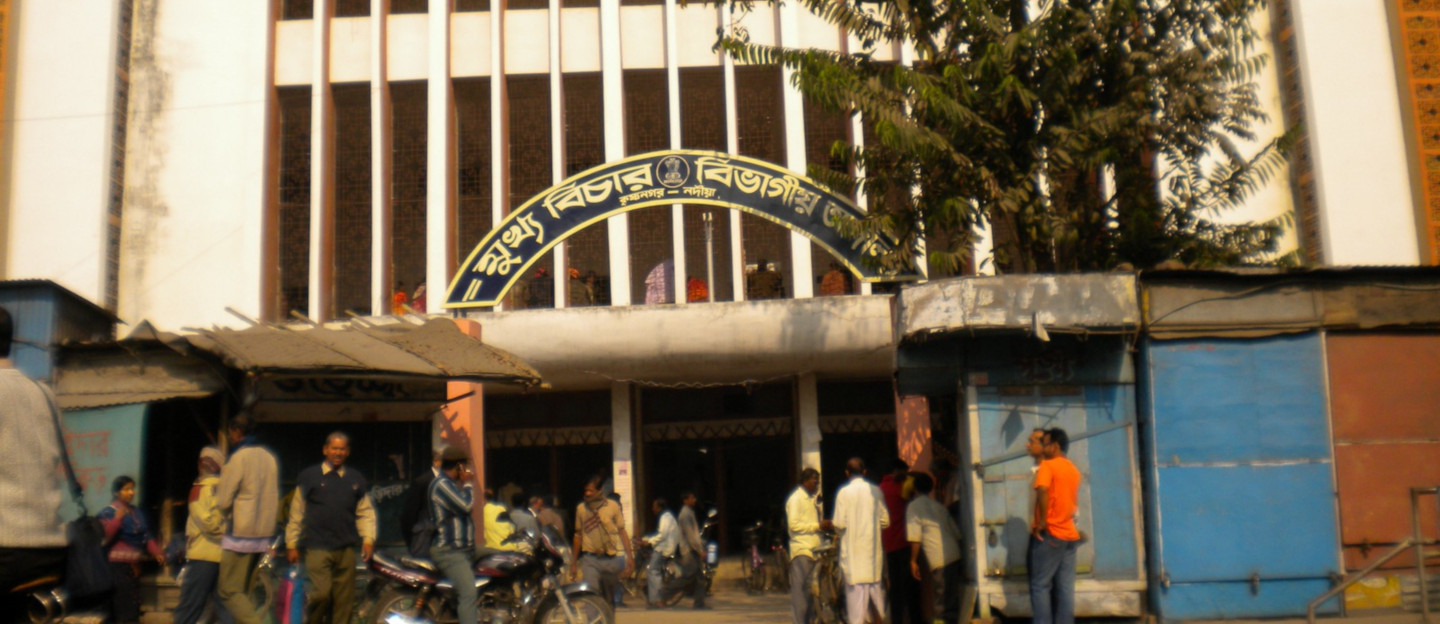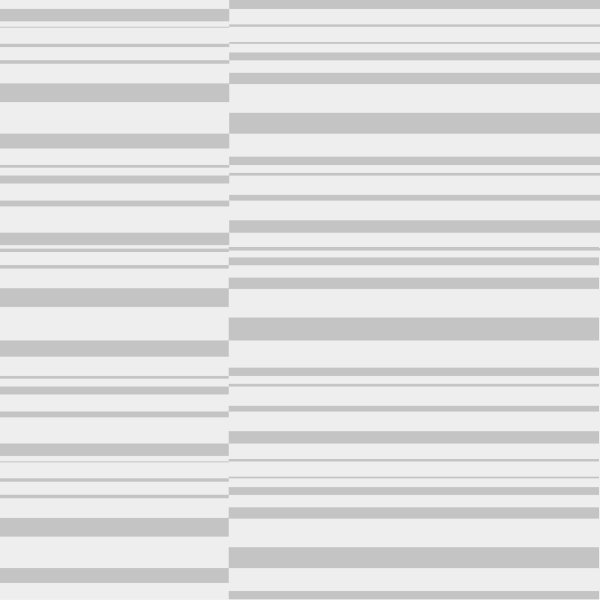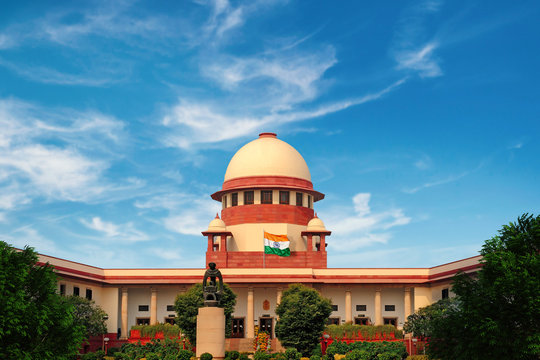
Building Better Courts
A survey of physical, digital and human infrastructure of 665 district courts in India
Summary: This report investigates the link between access to justice and judicial infrastructure by qualitatively assessing 665 district court complexes across India based on the guidelines issued by the Supreme Court in 2012.
The conversation around access to justice is often limited to judicial delays and pendencies while other issues such as court infrastructure seem to be overlooked. The deficiency in infrastructure is a factor that affects judicial delays and becomes relevant in improving access to justice. Without all necessary support structures, it is not feasible for a user to navigate optimally, making court infrastructure a crucial aspect in determining how efficiently litigants are able to accustom themselves and utilise the available infrastructure. However, not much focus in academic research has been channeled towards the study of court infrastructure in India.
It was in 2012 that the Supreme Court set up the National Court Managements and Systems (NCMS) Committee, with an immediate aim of upgrading the court management systems, on the instructions of the then Chief Justice of India. With the objective of understanding how all the district courts in India are faring against the benchmarks laid down by the NCMS Committee, and to fill the lacuna of lack of empirical data to drive this discourse, Vidhi commissioned a survey of 665 districts across India. This was supplemented with interviews of 10 litigants per district complex on the user-friendliness/ functionality of the facilities made available and a study of the court websites to see what essential features are there.
Vidhi’s report ‘Building Better Courts: Surveying the Infrastructure of India’s District Courts’ reveals some of the most appalling statistics regarding lack of navigation tools, unhygienic washroom conditions, complete absence of facilities enabling barrier-free access for persons with disabilities and poor security facilities for courtrooms.
Findings
1. Navigation: The NCMS report recommends that there should be a guide map, a reception centre along with a facilitation centre, and a document filing counter at the entrance of the complex. The survey was restricted to examining whether each court complex had two features, i.e., a guide map and a help desk. Only 20% district courts (133 out of 665 courts) had guide maps and 45% (300 out of 665 court complexes) had help desks. In aggregate, West Bengal and Sikkim were among the worst performing states on this parameter. (Page 24)
2. Waiting Areas: The NCMS report says every district court complex should have a designated waiting area for the litigants and general public. Bihar and Rajasthan had the least number of court complexes with designated waiting areas. Despite being a basic requirement, only 54% or 361 district court complexes had designated waiting areas. Bihar and Rajasthan had the least number of court complexes with designated waiting areas. (Page 31)
 3. Hygiene: The NCMS report prescribes separate, well-maintained toilets for litigants, visitors and lawyers, segregated by gender. Goa, Jharkhand, Uttar Pradesh and Mizoram had the least number of court complexes with functional washrooms. Around 100 district court complexes did not have a washroom for women. The lack of hygiene in court complexes also points to the failure of public schemes such as Swacch Nyayalayas that were supposed to construct and maintain washrooms across 16,000 court complexes. (Page 31)
3. Hygiene: The NCMS report prescribes separate, well-maintained toilets for litigants, visitors and lawyers, segregated by gender. Goa, Jharkhand, Uttar Pradesh and Mizoram had the least number of court complexes with functional washrooms. Around 100 district court complexes did not have a washroom for women. The lack of hygiene in court complexes also points to the failure of public schemes such as Swacch Nyayalayas that were supposed to construct and maintain washrooms across 16,000 court complexes. (Page 31)
 4. Barrier-free Access: The NCMS report states that court complexes should be easy to access and must incorporate a design that is universal and flexible to meet local needs and conditions. Most district court complexes performed poorly on this parameter. Only 27% or 180 court complexes were accessible through ramps and/or lifts, whereas only 11% or 73 court complexes had designated washrooms for persons with disabilities, and only 2% or 13 court complexes had built-in visual aid features. (Page 34)
4. Barrier-free Access: The NCMS report states that court complexes should be easy to access and must incorporate a design that is universal and flexible to meet local needs and conditions. Most district court complexes performed poorly on this parameter. Only 27% or 180 court complexes were accessible through ramps and/or lifts, whereas only 11% or 73 court complexes had designated washrooms for persons with disabilities, and only 2% or 13 court complexes had built-in visual aid features. (Page 34)
5. Case Display: An electronic case display board provides details of the courtroom number, the sitting judge, and the ongoing case number. The NCMS report recommends there should be an electronic case display board upon entry, and in the waiting areas. Only 26% of the court complexes had electronic case display boards both at the entrance and in the waiting areas. (Page 30)
Overview of findings
Delhi, Kerala, Meghalaya, Haryana and Himachal Pradesh are among the best-performing states in India. The district court complexes of Chandigarh and Lakshadweep are the best performing among Union Territories. States with the poorest overall judicial infrastructure are Bihar, Manipur, Nagaland, West Bengal and Jharkhand. The district court complexes of Andaman & Nicobar Islands and Puducherry are the worst performing among Union Territories. (Page 39)
Policy recommendations
1. The Department of Justice should coordinate with State Law Departments to conceptualise a scheme for renovation and maintenance of older, existing court complexes.
2. The Supreme Court should mandate all High Courts to submit annual infrastructure status reports, with information on budgetary spends, and steps taken for the maintenance and renovation of existing court complexes, in addition to building new ones. High Courts should mandate District Courts to do the same.
3. Citizens and litigants must have a platform to address their grievances. To this end, the Department of Justice can create a platform on the existing Bhuvan-Nyaya Vikas portal to generate a feedback loop from users of court complexes. Each district court should set up an infrastructure grievance redressal cell and designate an appropriate authority from the Registry within the court complexes to take address complaints received from litigants and users. The High Courts can oversee the setting up of such grievance redressal cells in every district court under their jurisdiction.
4. The Ministry of Drinking Water and Sanitation can undertake the re-vitalising of the Swachh Nyayalaya project in coordination with the Supreme Court.
5. The NCMS report is outdated and does not address the requirements of modern-day court complexes. Therefore, the Supreme Court needs to reconstitute the NCMS, and revise the baseline report to reflect current requirements.
Assam, Nagaland, Mizoram, Arunachal Pradesh




